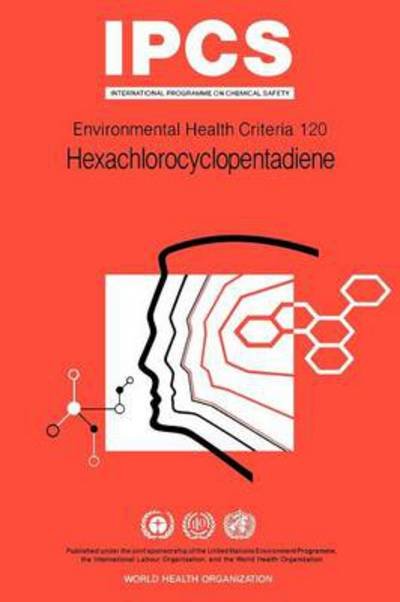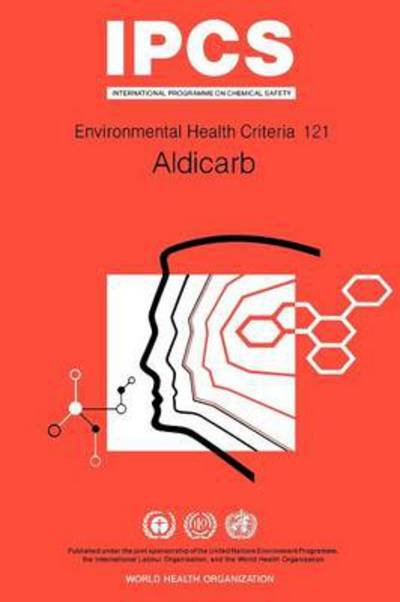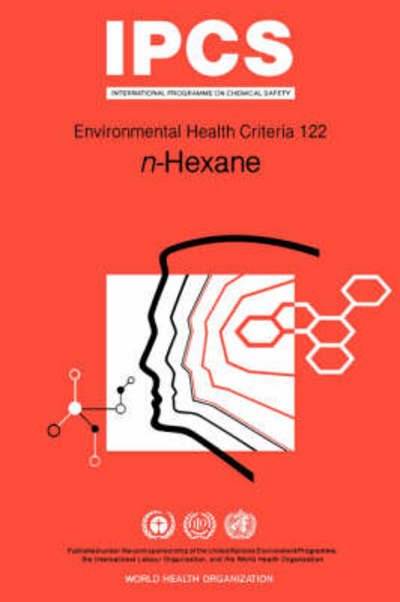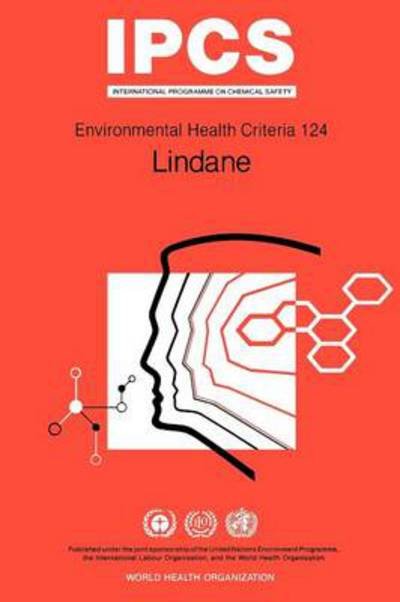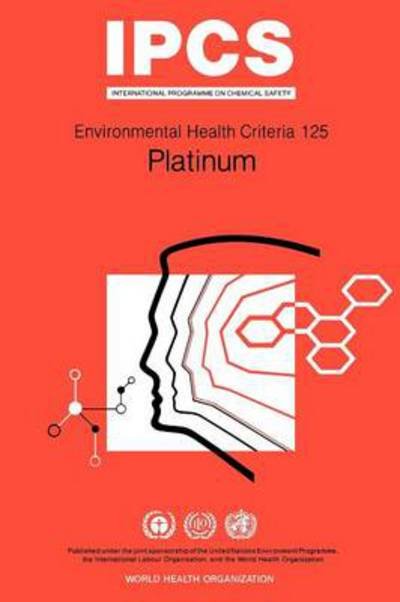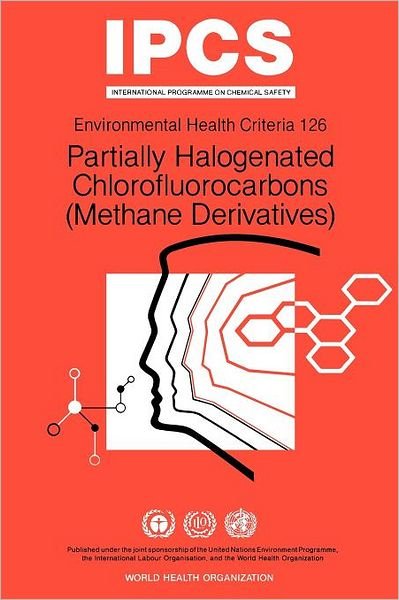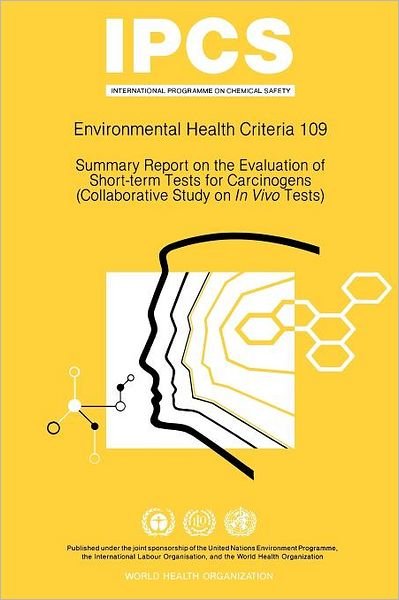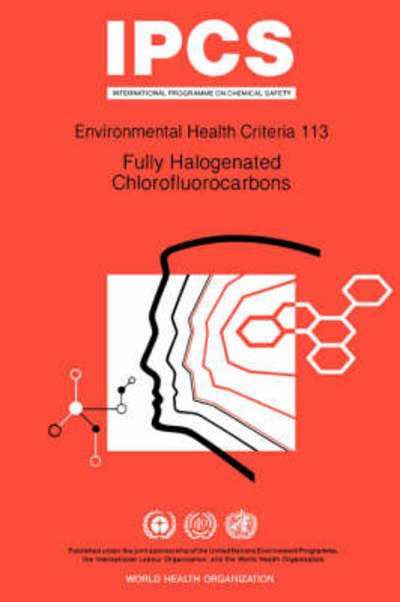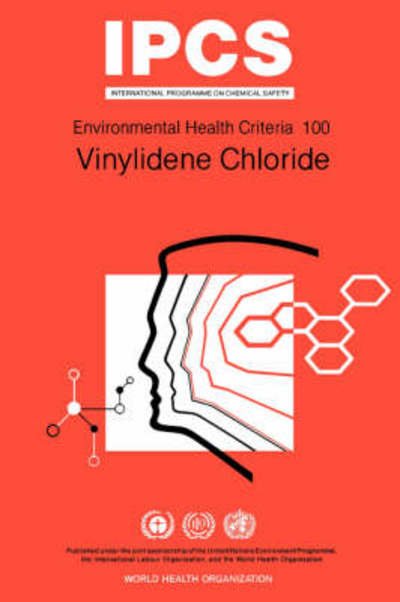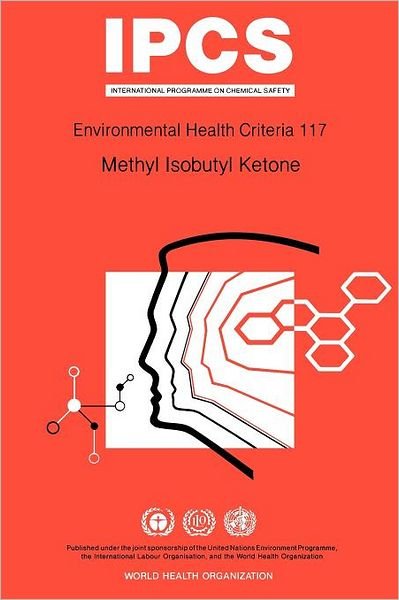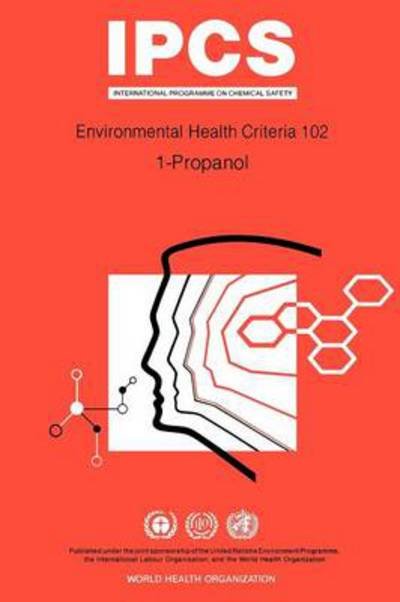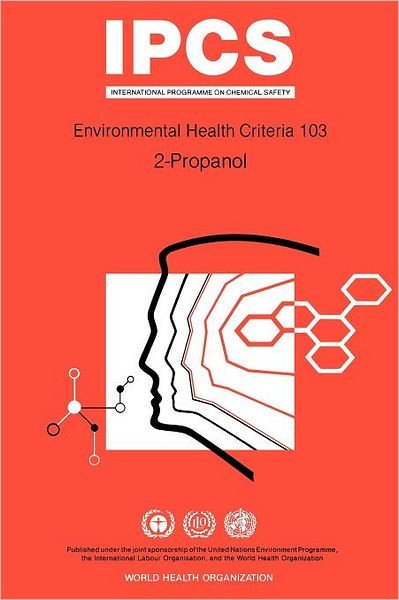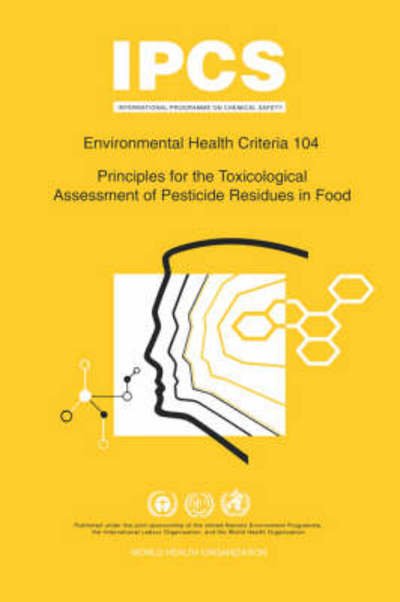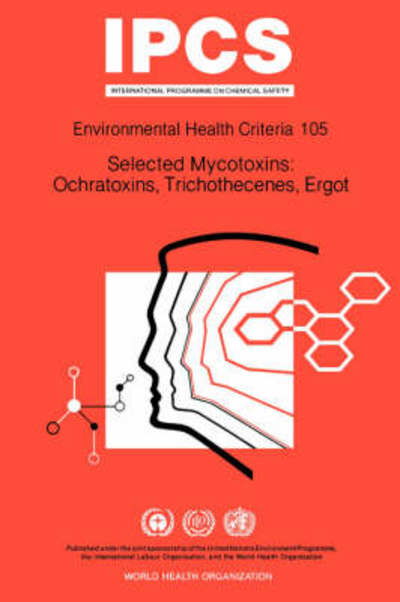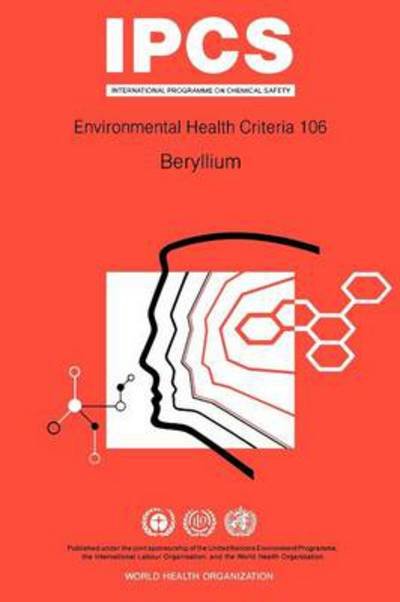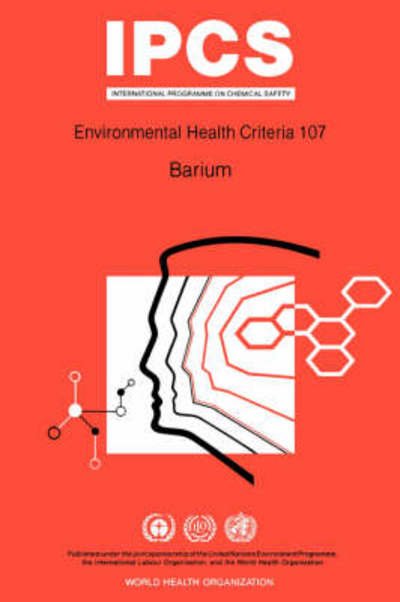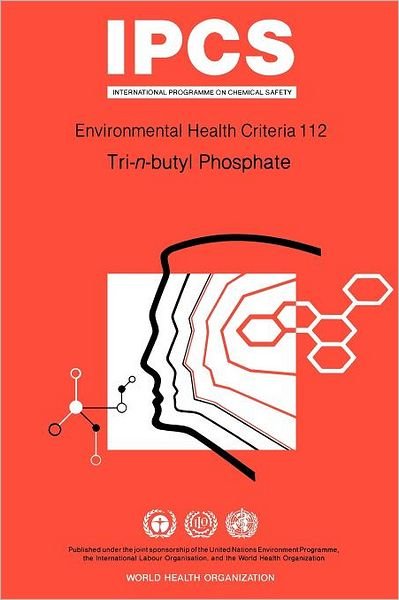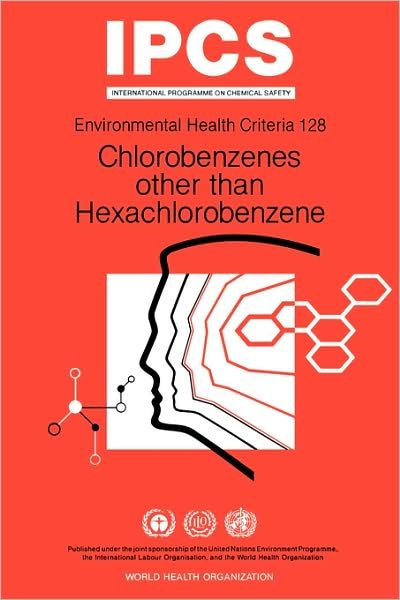
Tell your friends about this item:
Chlorobenzenes Other Than Hexachlorobenzene: Environmental Health Criteria Series No 128
Unep
Chlorobenzenes Other Than Hexachlorobenzene: Environmental Health Criteria Series No 128
Unep
Evaluates the risks to human health and the environment posed by exposure to monochlorobenzene, dichlorobenzenes, trichlorobenzenes, tetrachlorobenzenes, and pentachlorobenzene. These chemicals are produced in huge quantities for use as intermediates in the synthesis of pesticides and in the production of a wide range of consumer and commercial products. A review of data on sources of environmental exposure notes that release to the environment occurs primarily during manufacture and that incineration of chlorobenzenes may lead to the emission of polychlorinated dibenzo-p-dioxins and dibenzofurans. Sections concerned with sources and levels of human exposure conclude that the general population is exposed to the lower chlorinated congeners mainly through inhalation, whereas a greater proportion of the total daily intake of the higher chlorinated compounds is ingested in food; breast-fed babies may receive a higher dose than adults. Particular concern centres on risks of human exposure arising from the ingestion of contaminated fish and from contaminated indoor air linked to use of these compounds as moth repellents and air fresheners.
| Media | Books Paperback Book (Book with soft cover and glued back) |
| Released | 1991 |
| ISBN13 | 9789241571289 |
| Publishers | World Health Organisation |
| Pages | 256 |
| Dimensions | 150 × 13 × 225 mm · 344 g |
| Language | English |
| Contributor | WHO |

 Christmas presents can be returned until 31 January
Christmas presents can be returned until 31 January


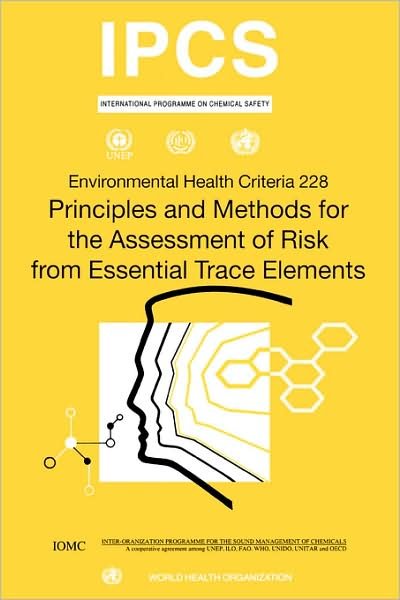
![Cover for Unep · Principles for the Assessment of Risks to Human Health from Exposure to Chemicals - Environmental Health Criteria Series No. 210 (Paperback Book) [First Edition, First Printing edition] (1999)](https://imusic.b-cdn.net/images/item/original/101/9789241572101.jpg?unep-1999-principles-for-the-assessment-of-risks-to-human-health-from-exposure-to-chemicals-environmental-health-criteria-series-no-210-paperback-book&class=scaled&v=1498550134)
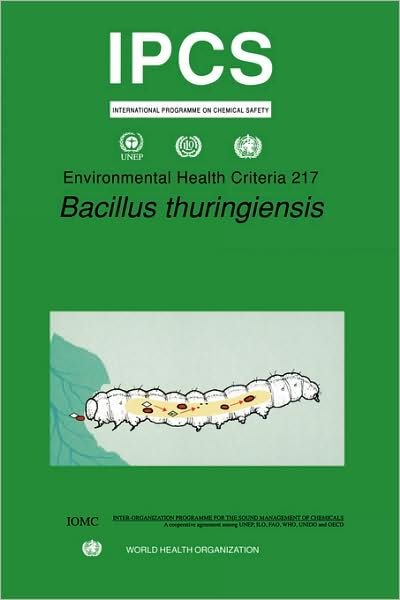
![Cover for Unep · Health Effects of Interactions Between Tobacco Use and Exposure to Other Agents: Environmental Health Criteria Series No. 211 (Paperback Book) [First Edition, First Printing edition] (1999)](https://imusic.b-cdn.net/images/item/original/118/9789241572118.jpg?unep-1999-health-effects-of-interactions-between-tobacco-use-and-exposure-to-other-agents-environmental-health-criteria-series-no-211-paperback-book&class=scaled&v=1443435262)

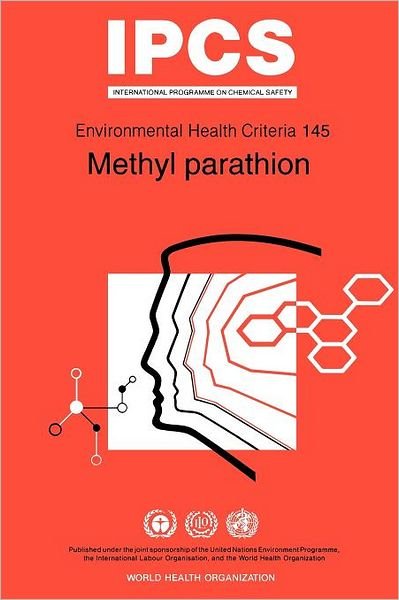
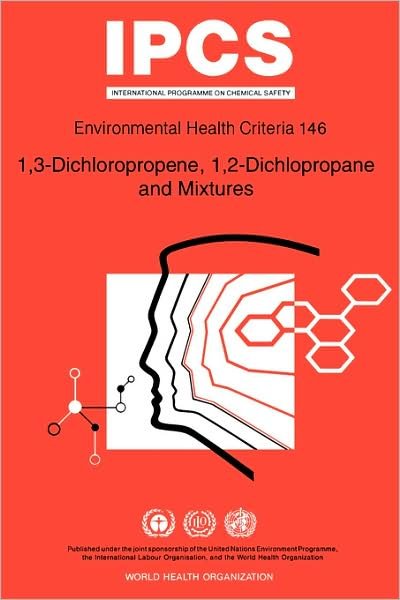
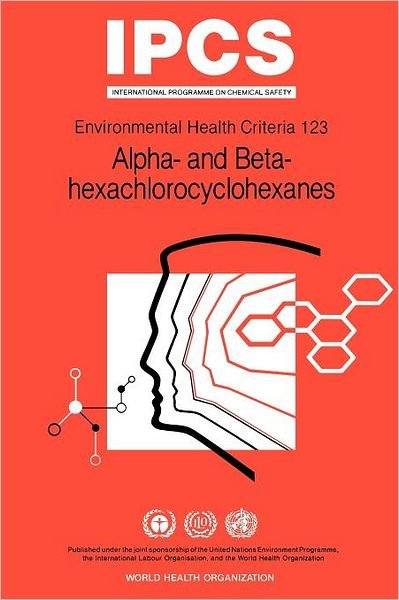
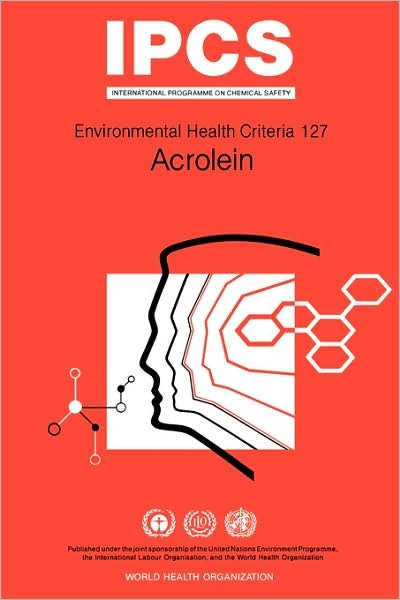

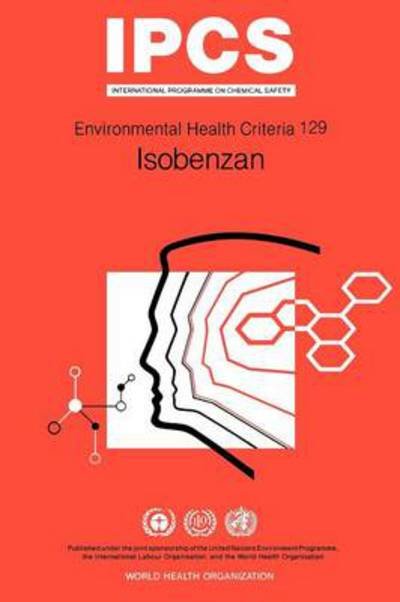
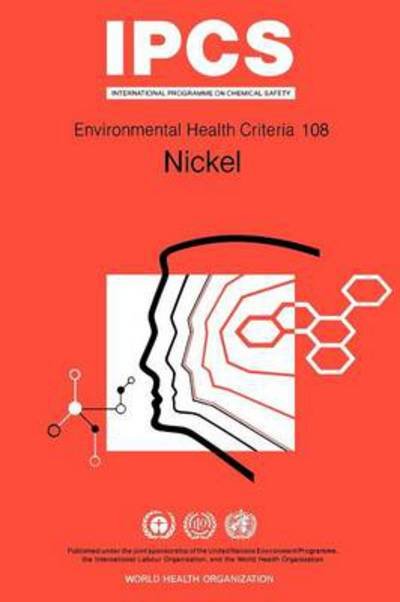

![Cover for Unep · Inorganic Mercury: Environmental Health Criteria Series No 118 (Paperback Book) [First edition] (1991)](https://imusic.b-cdn.net/images/item/original/180/9789241571180.jpg?unep-1991-inorganic-mercury-environmental-health-criteria-series-no-118-paperback-book&class=scaled&v=1544749410)
